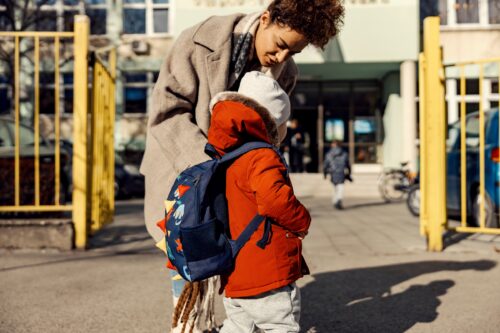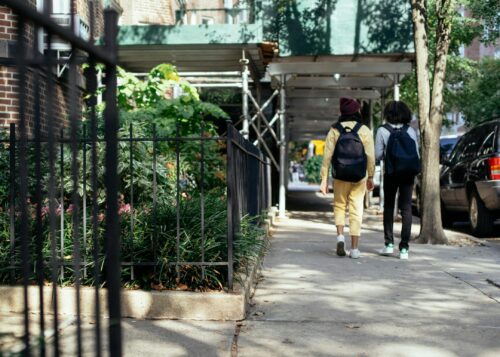
An estimated 138,000 New York City students are over-age and under-credited and are out of school or at-risk for dropping out. The New York City Department of Education began creating new programming specifically for these students, but some students are left with dead ends under the current system. This briefing paper examines the ability of the new schools to meet the instructional needs of English Language Learners (ELLs), students with special education needs, students who are older with few or no credits, and students who are pregnant and parenting.









